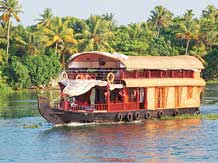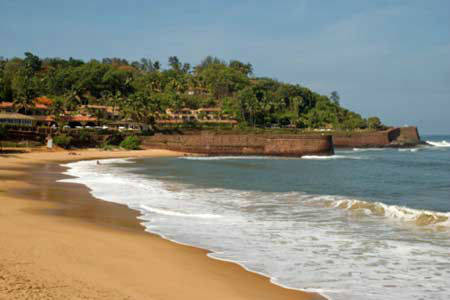BANGKOK :
As part of its international “Find Your Fabulous” wellness and medical tourism campaign, the Tourism Authority of Thailand (TAT) is unveiling a friendly global competition intended to salute ladies who are still fit and fabulous after their 40th birthdays.
The Fabulous 40+ Photo Contest invites women from around the world to submit images showing off their fabulous form, and the contestant showing the most youthful, age-defying appearance will be rewarded with an exclusive 3-day Find Your Fabulous trip to Bangkok.
For 40+ foxes fixing to put their likenesses proudly on display, the excitement begins on Facebook. Candidates become fans of ThailandMedTourism and the Find Your Fabulouscampaign; then, they submit their most fabulous photos – with their name, age range (40+, 45+, 50+), current location, and a photo description. Submissions should show the fresh face and figure, confidence, poise, and charisma that defines the modern, fabulous woman today in her 40s, 50s, 60s and beyond.
The winners of the Fabulous 40+ Photo Contest will be determined by the number of “votes.” The one with the most votes will be the winner, followed by the first and second runners-up respectively. The winner will receive a 3-day/2-night exclusive health and beauty package for herself and one friend.
In addition to a full medical checkup, dermatology treatments, and a spa package, the grand prize also includes two roundtrip air tickets and a deluxe 2-night stay at the stylish 5-star Sofitel So Bangkok, with daily breakfast. The first runner-up will receive the health & wellness packages for two as well as accommodation, while the second runner-up will receive the health and wellness packages for herself and a friend. All the awards – 3 awards for 2 persons each – bring the total value of the prizes to over USD $30,000.
The contest runs between now and the 30th of September, 2013, with the winners’ announcement via Facebook scheduled for the 3rd of October. Awards are redeemable between the 15th of October and the 15th of December, 2013.
The TAT hopes that the Fabulous 40+ Photo Contest will further illuminate Thailand’sthriving medical and wellness industry and the wealth of top-quality, convenient, and affordable aesthetic treatments on offer for international tourists of all shapes and sizes.
For more information, please visit www.facebook.com/thailandmedtourismfanpage
For media information, please contact findyourfabulous@thailandmedtourism.com or Tel +6688 640 2910.
source: http://www.sys-com.com / Sys-Con Media / by PR Newswire / source: Tourism Authority of Thailand / August 28th, 2013




